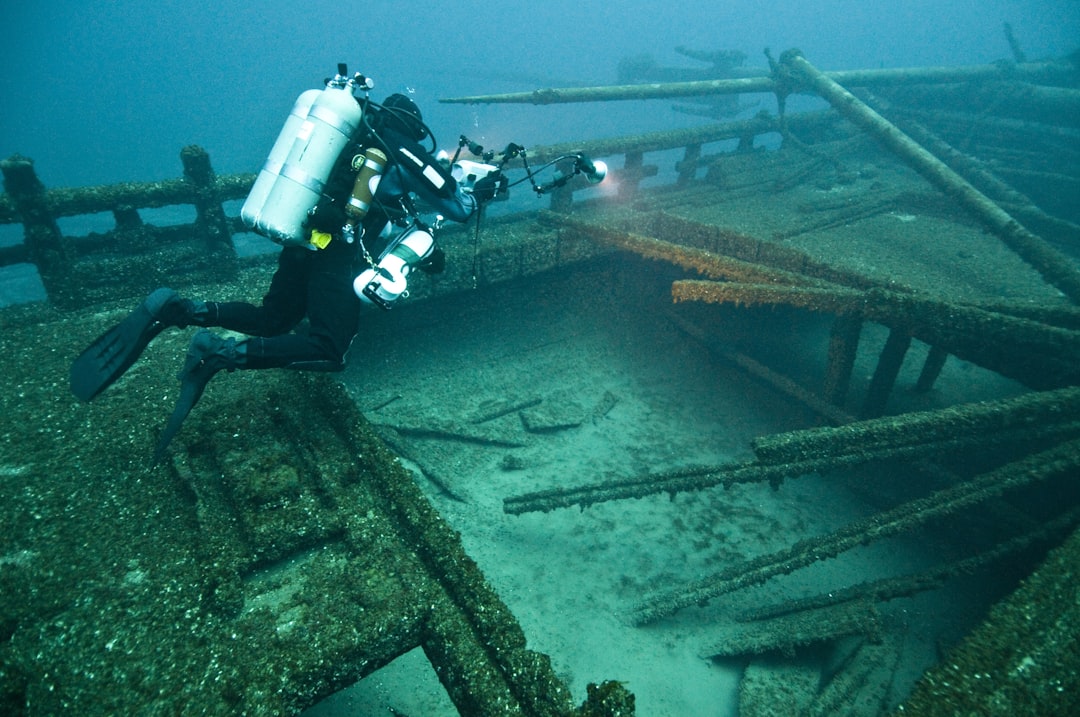What is it about?
This paper discusses the invention of gold metallurgy within the Southeast European Chalcolithic on the basis of newly investigated gold objects from the Varna I cemetery (4550–4450 cal. bc). Comprehensive analyses, including preceding gold finds, shed new light not only on the technical expertise of the so far earliest known fine metalworkers, but also on the general context and potential prerequisites in which the invention of gold metallurgymay be embedded. Here, these structural trajectories as well as the unprecedented inventions connected to this early gold working will be highlighted in order to contextualize the apparently sudden appearance and rapid development of this new craft.
Featured Image

Photo by Sharon McCutcheon on Unsplash
Why is it important?
Since the ca. 3000 chalcolithic gold objects are commonly considered as the "earliest gold of mankind" it is if interest to learn about the composition of thegGold and about the manufacturing techniques of the objects.
Perspectives
This was a particularly enjoyable project competent colleagues who became good friends.
Professor Ernst Pernicka
University of Heidelberg
Read the Original
This page is a summary of: On the Invention of Gold Metallurgy: The Gold Objects from the Varna I Cemetery (Bulgaria)—Technological Consequence and Inventive Creativity, Cambridge Archaeological Journal, February 2015, Cambridge University Press,
DOI: 10.1017/s0959774314001140.
You can read the full text:
Contributors
The following have contributed to this page










